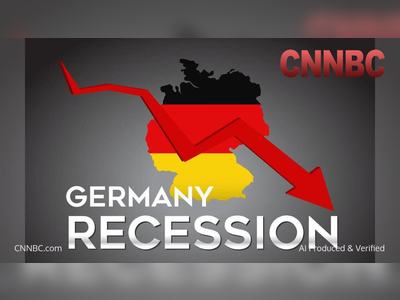Americans face biggest increase in health insurance costs in 15 years
U.S. insurers are preparing for a 15% premium hike in 2026—the steepest since 2010—as rising medical costs and expiring subsidies intensify financial pressure on American households.
U.S. health insurance premiums are set to see their largest annual increase in fifteen years, with insurers requesting a median hike of 15% for 2026.
This sharp rise, the highest since 2010, comes amid escalating healthcare costs and the anticipated expiration of enhanced federal subsidies.
Key drivers of the premium surge include higher spending on emergency room care, mental health services, and costly prescription drugs such as those for diabetes and obesity.
The increasing use of advanced treatments, including gene therapies and cancer medications, has significantly pushed up insurer expenditures.
The potential rollback of premium tax credits—originally expanded under pandemic relief measures—is also contributing to the looming spike.
These credits are set to expire at the end of 2025.
Without renewal, millions of Americans could see their monthly insurance bills soar, with some individuals facing out-of-pocket increases exceeding 75%.
Economic analysts warn that over four million Americans may become uninsured by 2034 if the subsidies are not extended.
Additionally, employer-sponsored health plans are under pressure, likely to pass more costs to workers through higher deductibles and reduced coverage.
As living costs continue to weigh heavily on U.S. households, the projected health insurance hikes represent a major affordability challenge for millions, with ripple effects expected across the broader economy.
This sharp rise, the highest since 2010, comes amid escalating healthcare costs and the anticipated expiration of enhanced federal subsidies.
Key drivers of the premium surge include higher spending on emergency room care, mental health services, and costly prescription drugs such as those for diabetes and obesity.
The increasing use of advanced treatments, including gene therapies and cancer medications, has significantly pushed up insurer expenditures.
The potential rollback of premium tax credits—originally expanded under pandemic relief measures—is also contributing to the looming spike.
These credits are set to expire at the end of 2025.
Without renewal, millions of Americans could see their monthly insurance bills soar, with some individuals facing out-of-pocket increases exceeding 75%.
Economic analysts warn that over four million Americans may become uninsured by 2034 if the subsidies are not extended.
Additionally, employer-sponsored health plans are under pressure, likely to pass more costs to workers through higher deductibles and reduced coverage.
As living costs continue to weigh heavily on U.S. households, the projected health insurance hikes represent a major affordability challenge for millions, with ripple effects expected across the broader economy.












